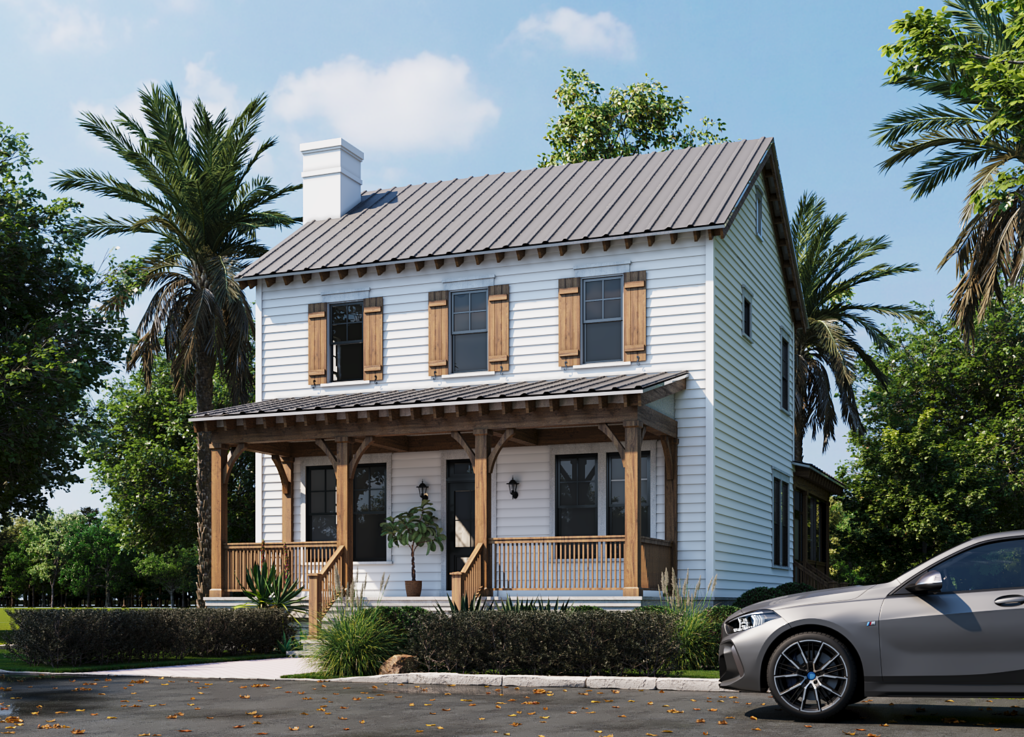5reasons high quality 3d visualization is essential for Architects and designers
In the realm of architecture and design, the advent of high-quality 3D visualization has transformed how professionals present and develop their ideas. This sophisticated technology offers advantages enhancing various aspects of the design process from conception to execution. Below, we delve into five critical reasons why investing in high-quality 3D visualization is indispensable for architects and designers. This comprehensive analysis aims to provide you with a detailed understanding of its significance, supported by illustrative examples and practical insights.
1. Enhanced Communication with Clients
Clear communication is a cornerstone of successful architectural and design projects. Traditionally, blueprints and 2D drawings have been the primary mediums for conveying ideas. However, these methods often fall short in helping clients fully grasp the vision of a project. This is where high-quality 3D visualization steps in, revolutionizing client communication.
Visual Clarity and Understanding
3D visualizations transform complex designs into easily understandable visual formats. Clients can virtually walk through their future spaces, viewing them from multiple angles and perspectives. This immersive experience is far superior to static 2D drawings, which can be difficult for clients without architectural backgrounds to interpret accurately.
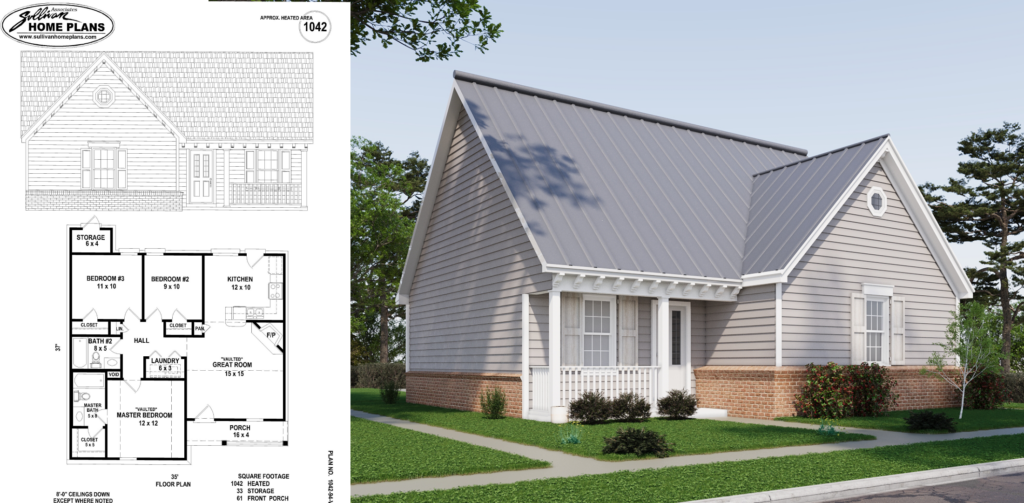
With 3D visualization, clients can provide real-time feedback, enabling designers to make immediate adjustments. This iterative process is not only efficient but also ensures that the final design aligns perfectly with the client’s vision and expectations. For instance, if a client feels that a particular room is too small or a certain material doesn’t fit their aesthetic preferences, these changes can be visualized and addressed promptly.
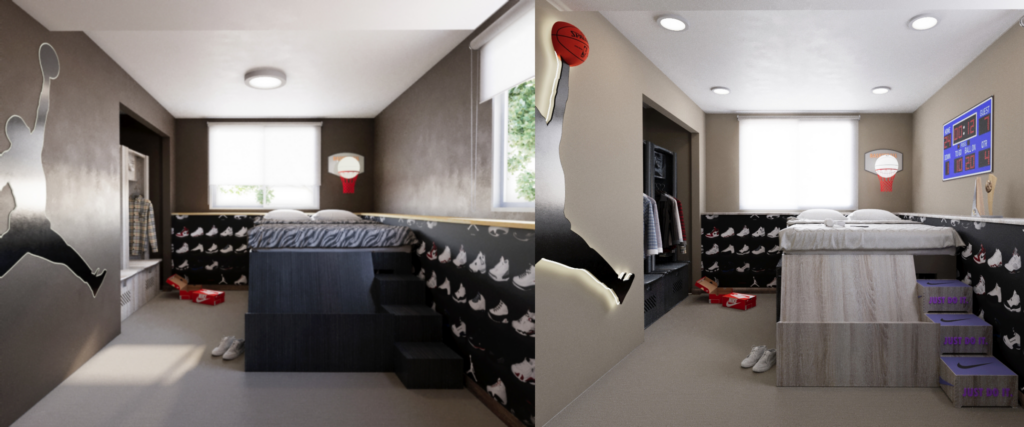
Improved Client Satisfaction
Enhanced communication through 3D visualization leads to higher client satisfaction. When clients can see and understand the design from the outset, they are more likely to be pleased with the end result. This level of transparency builds trust and fosters a stronger client-designer relationship, leading to repeat business and positive referrals.
2. Accurate Representation of Designs
Accuracy in design representation is crucial to avoid costly mistakes during the construction phase. Traditional 2D drawings, while useful, can sometimes be ambiguous, leading to misinterpretations. High-quality 3D visualizations mitigate these risks by providing precise and detailed representations of the design.
Precision and Detail
3D visualizations offer an unparalleled level of detail, showing everything from the texture of materials to the play of light and shadow within a space. This precision helps in identifying potential issues early on, such as structural inconsistencies or impractical design elements, which can then be corrected before they escalate into bigger problems.

Minimizing Errors
By providing a clear and comprehensive view of the project, 3D visualizations minimize the risk of errors that can arise from misinterpreted 2D drawings. This accuracy is particularly beneficial in complex projects where even minor mistakes can lead to significant delays and cost overruns.
Better Planning and Execution
Accurate 3D visualizations enable better planning and execution of architectural projects. Contractors and builders can visualize the final outcome, leading to more precise planning and efficient execution. This clarity ensures that the design intent is maintained throughout the construction process.
3. Improved Marketing and Presentation
High-quality 3D visuals are not only useful for internal purposes but also for marketing and presentations. Stunning, photorealistic renderings can captivate potential clients and investors, showcasing the full potential of a project. These visuals can be used in brochures, websites, and social media, making your portfolio stand out and attracting more business opportunities.
Captivating Visuals for Marketing
Photorealistic 3D renderings are powerful marketing tools. They capture the essence of the design, highlighting its unique features and benefits. Whether used in online marketing campaigns or printed promotional materials, these visuals can draw attention and generate interest in your projects.
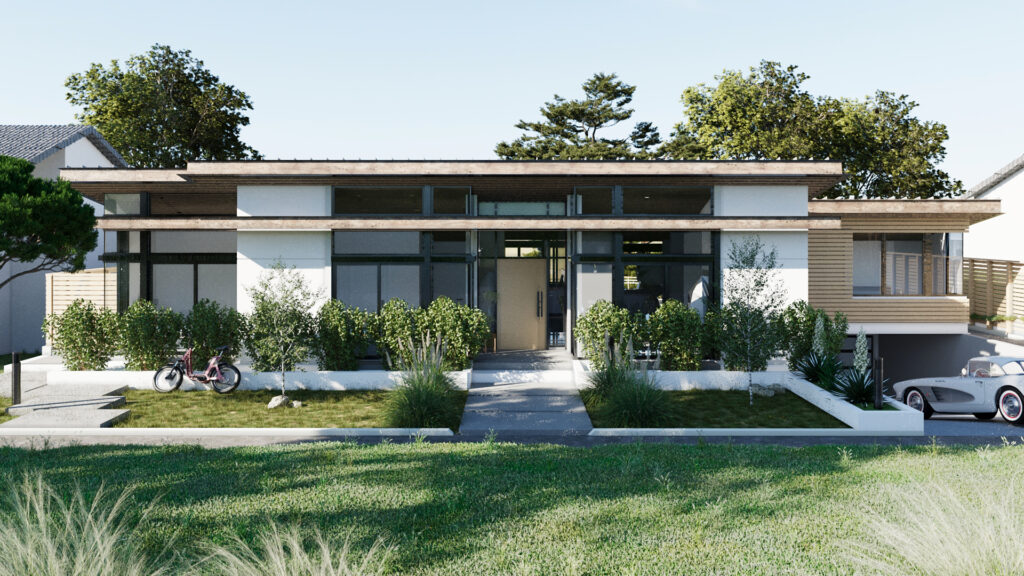
Engaging Presentations
During client meetings and presentations, high-quality 3D visualizations can significantly enhance your pitch. These visuals help clients visualize the final product, making your ideas more compelling and easier to understand. An engaging presentation can increase your chances of winning new projects and securing investments.
Portfolio Enhancement
A portfolio that includes high-quality 3D renderings stands out in a competitive market. These visuals demonstrate your commitment to excellence and your ability to bring designs to life. A strong portfolio can attract more clients, lead to higher project bids, and establish your reputation as a top-tier designer or architect.
4. Better Collaboration Among Stakeholders
Architectural and design projects often involve multiple stakeholders, including engineers, contractors, and clients. High-quality 3D visualization facilitates better collaboration by providing a common visual reference. This shared understanding helps in coordinating efforts, resolving conflicts, and ensuring that all parties are aligned with the project goals.
Unified Vision
3D visualizations create a unified vision for all stakeholders. When everyone can see and understand the design in the same way, it fosters better communication and reduces the likelihood of misunderstandings. This alignment is crucial for complex projects that require precise coordination among various teams.
Conflict Resolution
Potential conflicts can be identified and resolved early in the design process with the help of 3D visualizations. Whether it’s a clash between structural elements or a disagreement over design aesthetics, visualizing the issue helps stakeholders find solutions more efficiently. This proactive approach prevents delays and ensures a smoother project flow.
Enhanced Coordination
Coordination among different teams is essential for the successful execution of a project. 3D visualizations serve as a reference that guides all stakeholders through each phase of the project. This enhanced coordination reduces errors, improves efficiency, and ensures that the project stays on track.
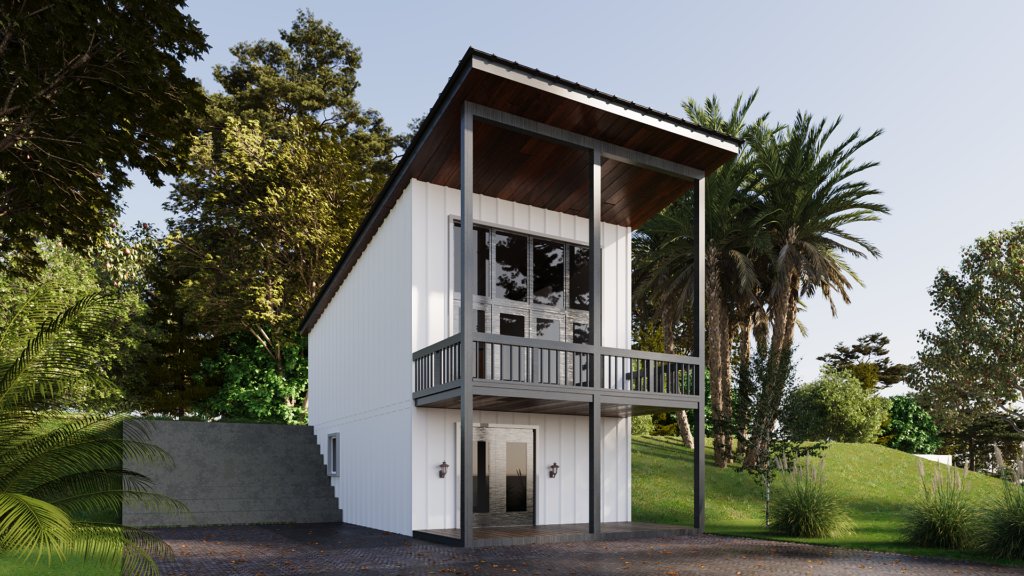
5. Streamlined Design Process
Incorporating 3D visualization into the design process can significantly streamline workflows. Designers can experiment with different materials, lighting, and layouts in a virtual environment, making it easier to refine and perfect their designs. This flexibility allows for quick iterations and adjustments, leading to a more efficient and productive design process.
Design Flexibility
3D visualization offers unparalleled flexibility in design. Designers can quickly test various ideas, materials, and layouts without the need for physical prototypes. This ability to experiment and iterate rapidly accelerates the design process and leads to more innovative solutions.
Time and Cost Efficiency
By identifying and addressing potential issues early in the design phase, 3D visualization helps save both time and money. The ability to make quick adjustments reduces the need for costly revisions during construction. This efficiency translates to faster project completion and significant cost savings.
Enhanced Design Quality
High-quality 3D visualizations enable designers to achieve a higher level of detail and precision. This focus on quality not only enhances the aesthetic appeal of the design but also ensures that it meets all functional and structural requirements. The result is a superior final product that exceeds client expectations.
